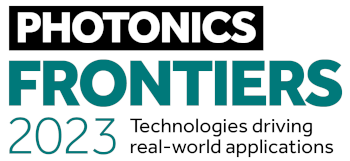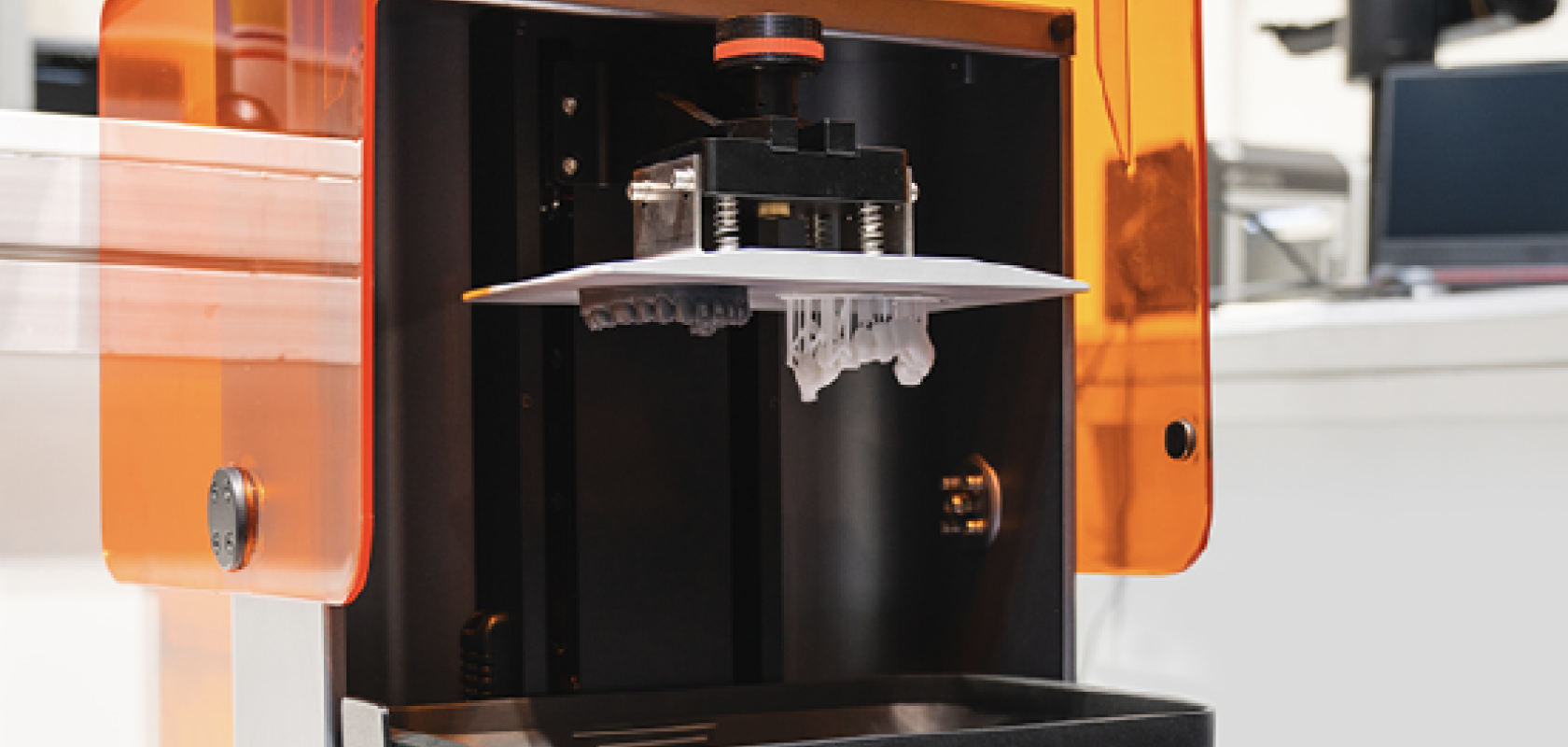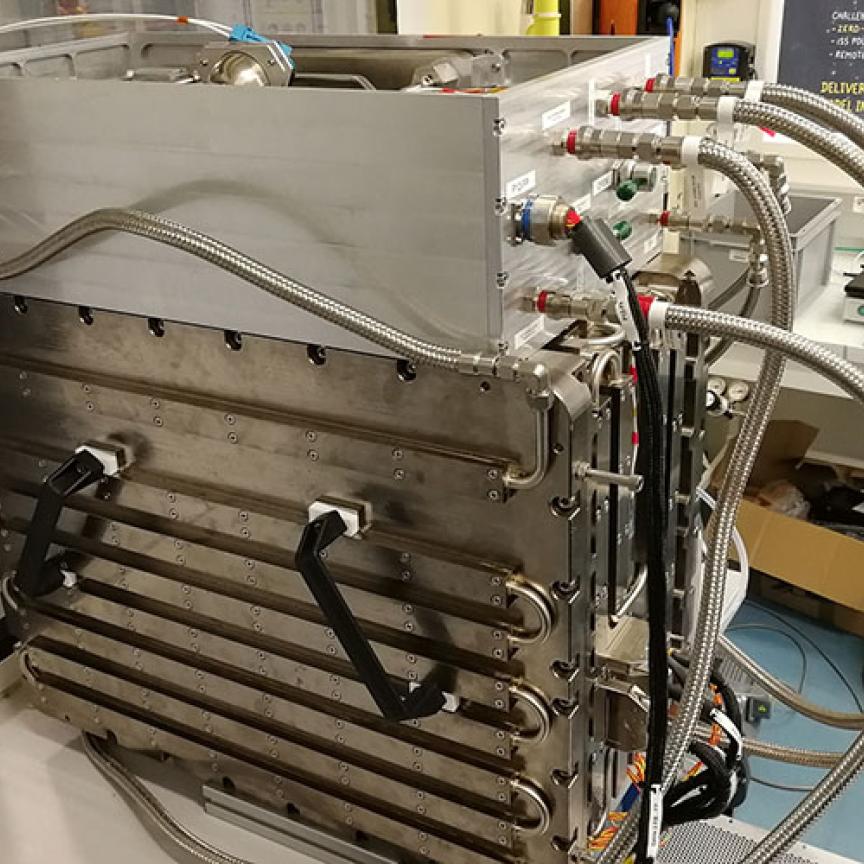As 3D printers become more affordable and easy to use, they are allowing medical devices such as implants and prosthetic limbs to be supplied at speed to people who previously would not have had easy access – such as victims of war or people living in developing countries.
At the end of 2022, American additive manufacturing company Oxford Performance Materials (OPM) supplied 3D-printed custom implants to Ukrainian hospitals to address the influx of patients needing medical devices as a result of war-related injuries.
OPM’s OsteoFab technology platform uses seelctive laser sintering (SLS) to produce implants from CT scan images or a preset design file. SLS is a 3D printing process that utilises a high-powered laser to selectively fuse powdered materials, layer by layer, according to a digital design. This technology enables the production of intricate and complex geometries with high accuracy and mechanical strength.
Using a machine from EOS, OPM’s laser sintering process takes place in a biocompatible polymer powder. Purified compressed air is passed through a nitrogen generator that extracts nitrogen and uses it to blanket the build chamber during the lasing process.
SLS offers numerous advantages over traditional manufacturing methods, allowing for the creation of custom-made and highly functional prosthetics.
For example, in implants where a patient-specific part is needed (for example for a neck, face or skull implant) the development of the STL files (a file format used by 3D printers) begins with a CT scan of the defect area in a patient. For multiple, standard parts, a CAD file is used. When a part or implant is ready to be built, the polymer powder is loaded into the laser sintering machine and successive layers of part geometries are lased to produce a solid part.

350 3D-printed hands were delivered to Ukraine in 2022 (Ministry of Health Ukraine)
Other organisations have taken advantage of 3D printing benefits to supply much-needed medical devices to Ukraine. Indian technology company Vispala produced and donated 350 prosthetic hands in 2022 using a design developed by TU Delft researchers.
The prosthetic limb, known as the ‘Hundred Dollar Hand’ was designed by biomechanical engineer Gerwin Smit to be easy and inexpensive to create, using a standard 3D printer in combination with laser cutting. The use of laser cutting allows the addition of a robust metal mechanism that makes the hand more durable and sustainable than other 3D-printed devices, Smit says.
The limbs are already being produced by Vispala for use in India, and Smit and his team are monitoring how they are being used, to identify future design improvements.
Also helping to aid victims of the war in Ukraine is Limber Prosthetics & Orthotics, a California-based startup company. Although Limber uses filament-based 3D printing to produce complete one-piece prosthetic limbs, it uses a preliminary 3D scan of the residual limb to start the process.
It begins by using the time-of-flight VCSEL technology in an iPhone’s facial recognition camera to construct a model of the limb. A certified prosthetist then takes manual dimensions to supplement the scan and then designs the prosthetic leg.
Limber intends to sell its personalised prostheses in developed countries while providing its services for developing countries at discounted prices or for free. It aims to be selling 3D-printed prosthetic limbs in the US in Q1 2024.
Sterelithography in prosthesis manufacture
When Psyonic was developing its Ability Hand, a highly functional prosthetic device designed to incorporate cutting-edge technologies such as advanced sensors and intuitive control systems, it wanted a prosthetic limb that would increase affordability and access from 10% to 75% of patients. It also wanted to utilise new, durable and impact-resistant materials to create longer-lasting parts.
One of those materials was carbon fibre, which is strong, durable, rigid and lightweight. However, the traditional, machined molds used to form it are expensive, making it difficult for Psyonic to iterate and to create moulds for small-batch production. So instead of machining moulds, it used stereolithograpy to make them from high-temperature resin, which the carbon fibre was then formed around.
Stereolithography, or SLA, is an AM process that uses a vat of liquid photopolymer resin and a UV laser to create solid objects layer by layer. This technology allows for the production of highly detailed and smooth surfaces, making it particularly suitable for the creation of intricate prosthetic components such as fingers, hands, and cosmetic covers.
One such cover is available for The Hero Arm, produced by Open Bionics in Bristol, UK. Thanks to partnerships with Disney, Marvel and LucasFilm, children with limb differences can choose cover themes including R2-D2, Iron Man and Frozen.
The Hero Arm itself is a medically certified and FDA-registered Class 1 medical device. All of the 3D-printed parts in the hand are laser sintered from Nylon 12.




